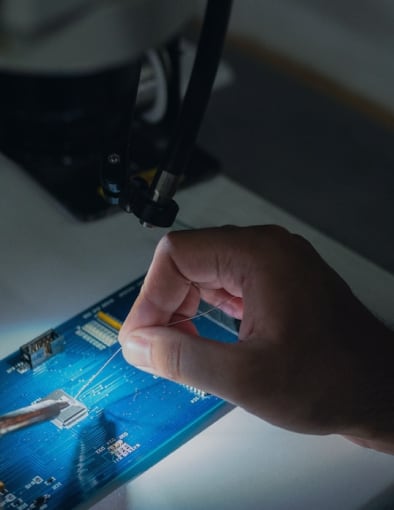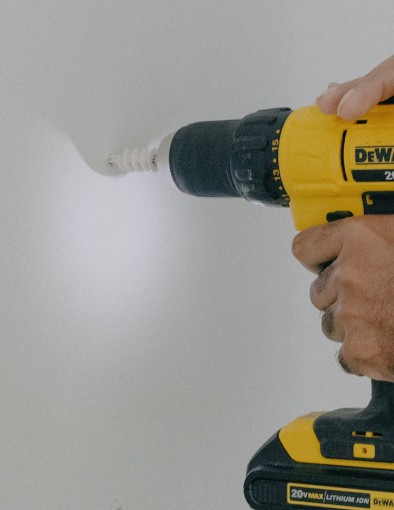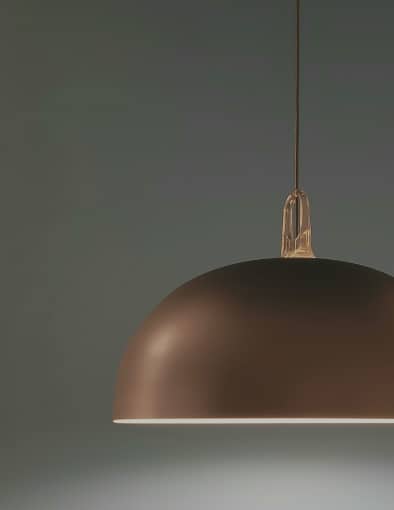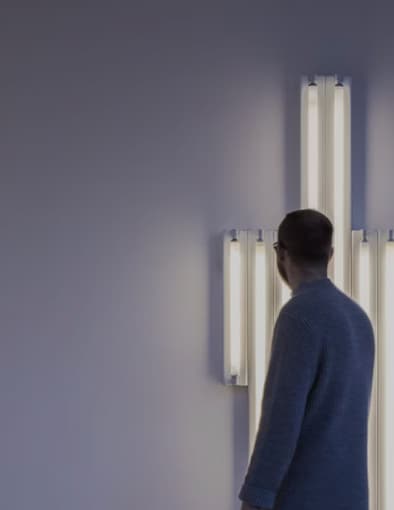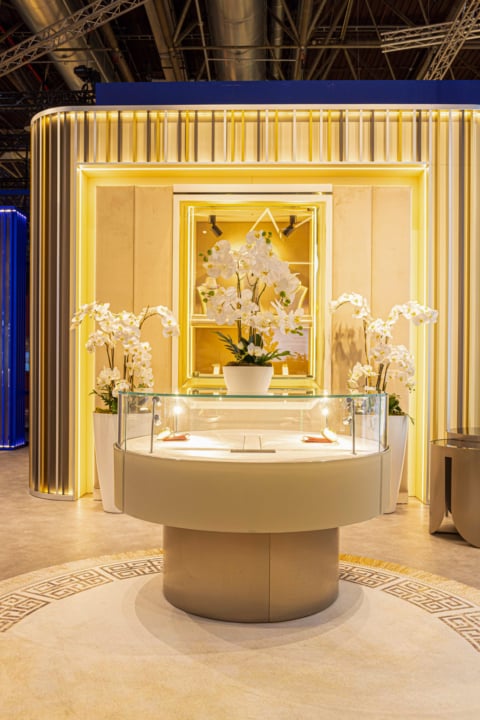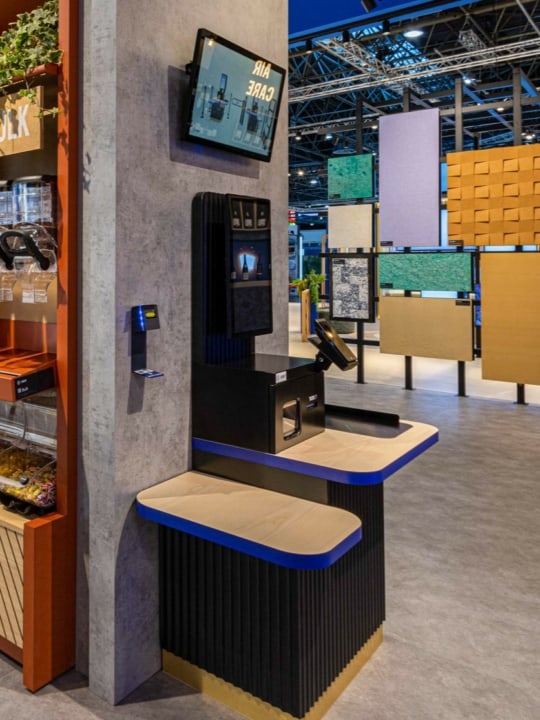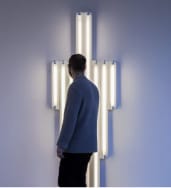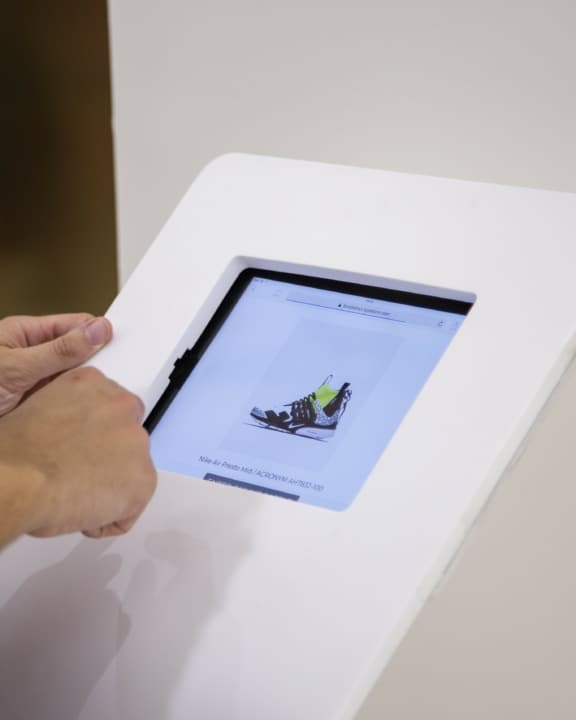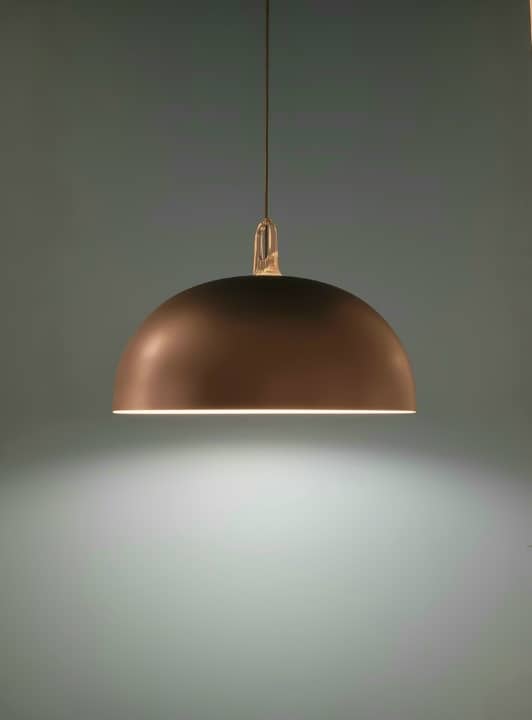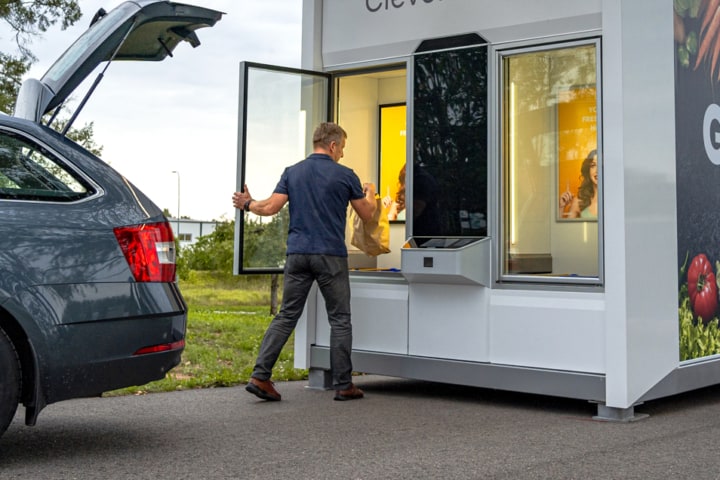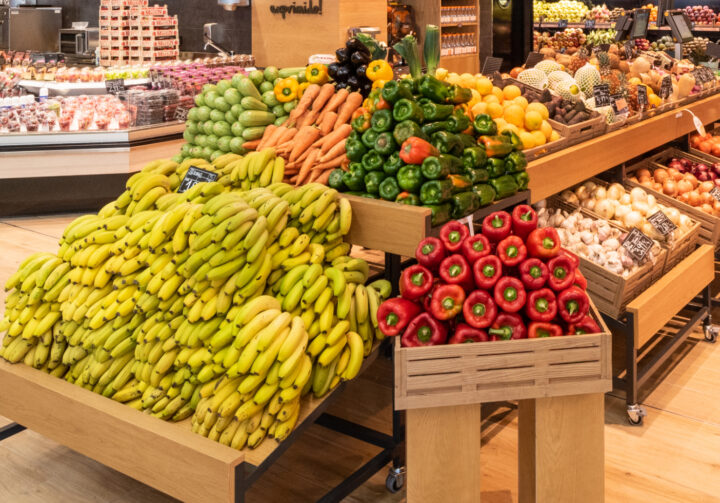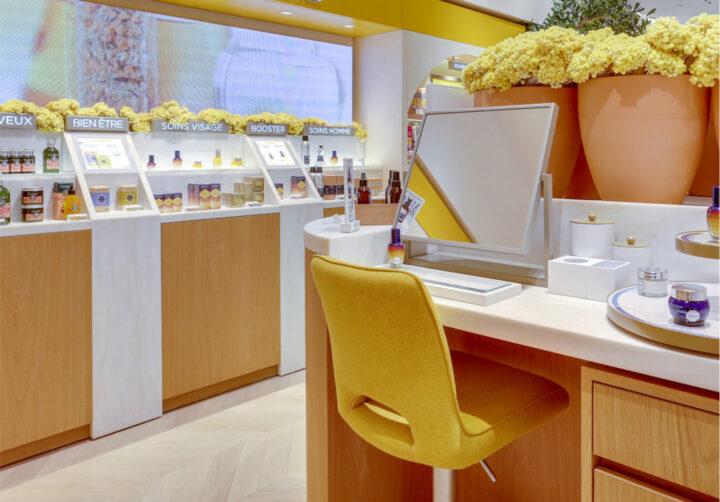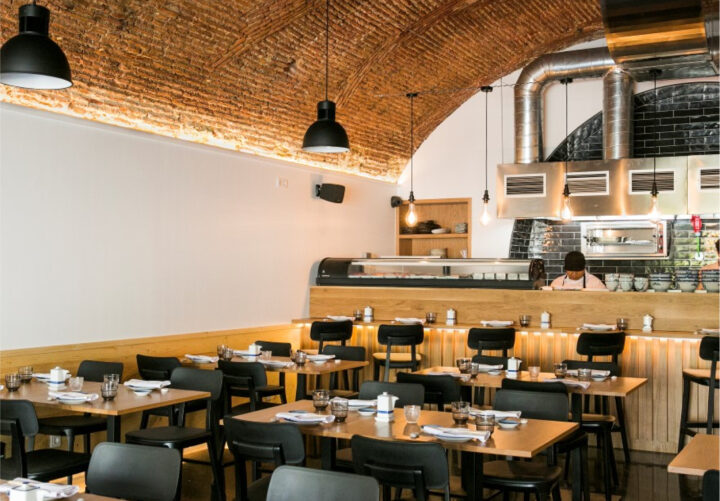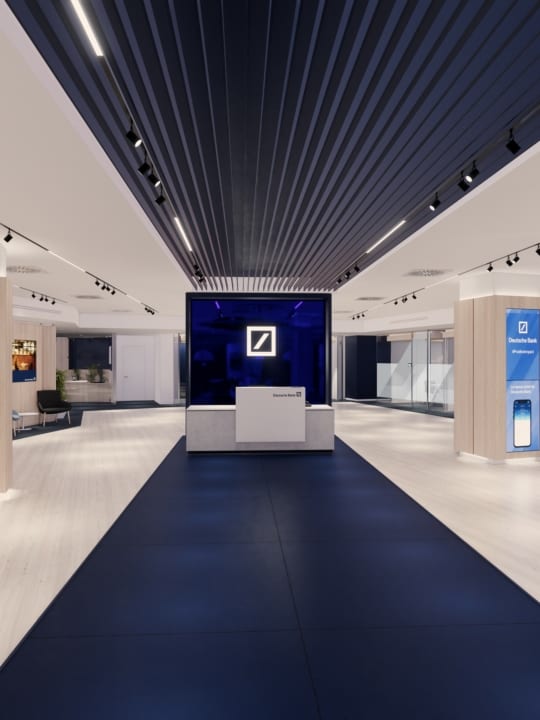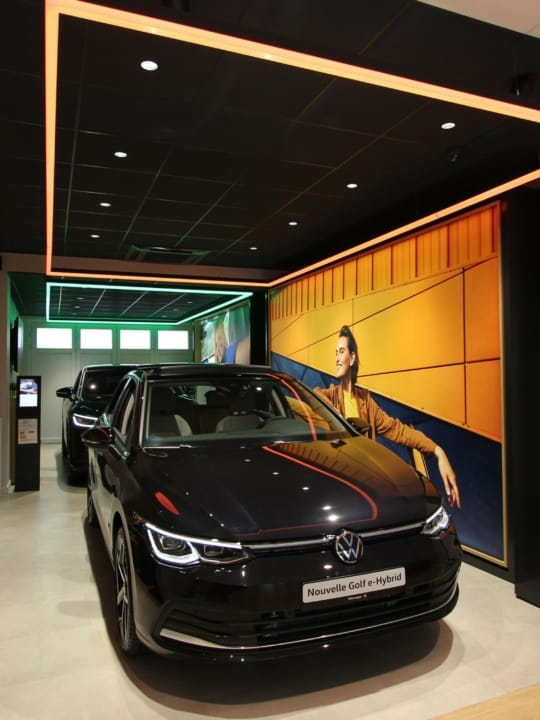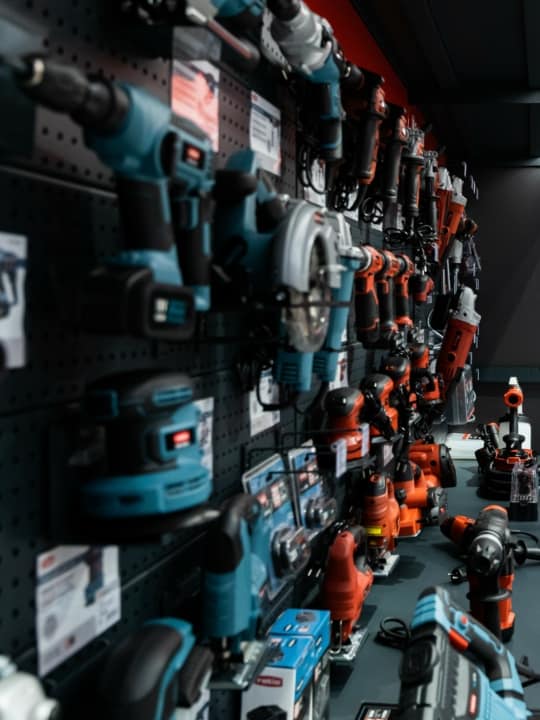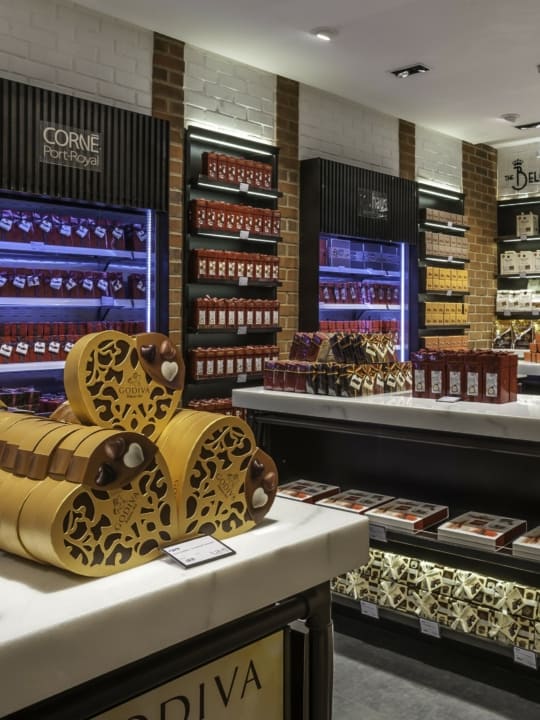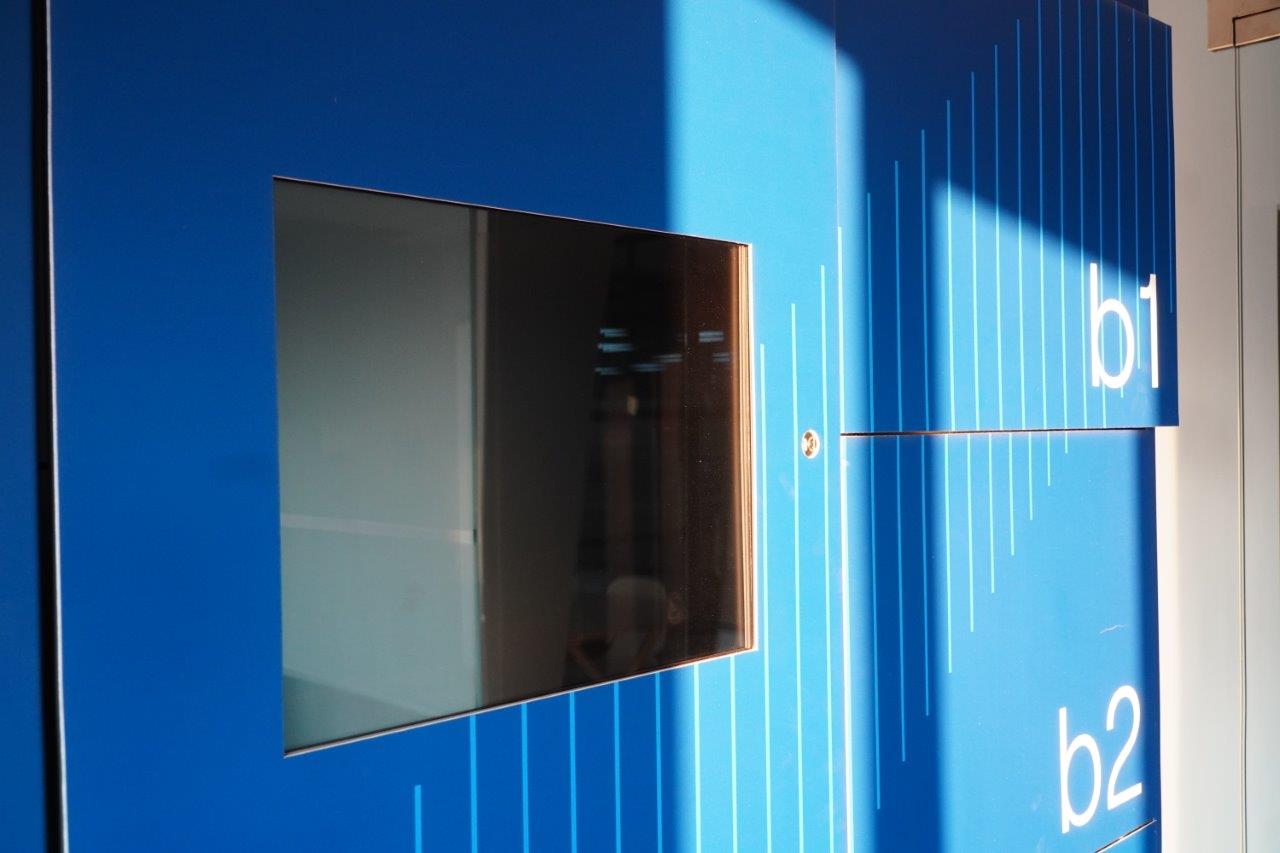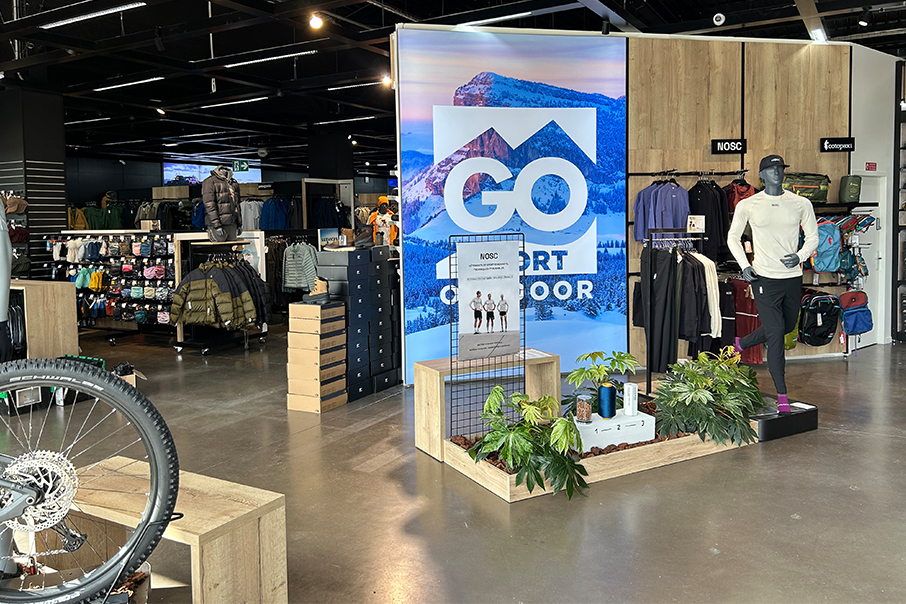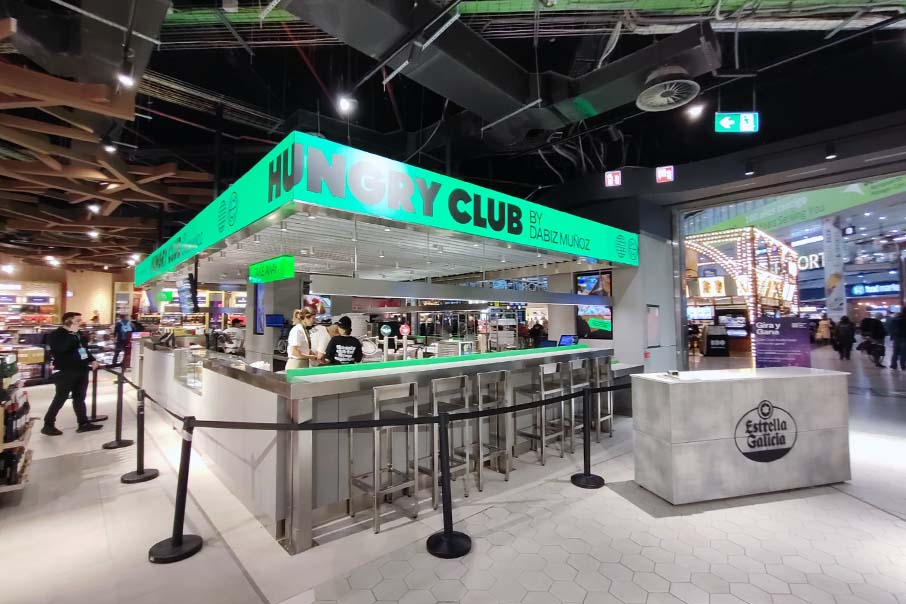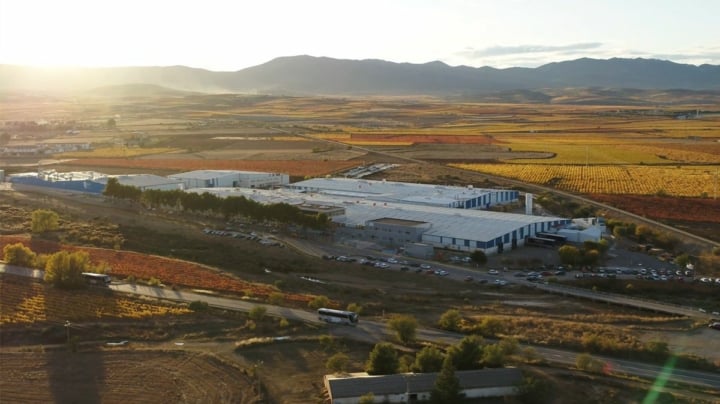- Eco-design is the most useful tool for Retail to be environmentally responsible.
- Its 10 precepts help design more sustainable furniture and fixtures for brands and retailers.
The evolution of retail towards a more sustainable business model has gone through several stages to date.
The first of these has sought to improve recycling practices and the use of consumables in the offices of brands and distributors. Additionally, it has pursued the inclusion of recycling in daily operations. The second phase, on the other hand, aims to make products more sustainable.
Retailing is now in a third stage: getting the message across to the consumer and committing to sustainability (without greenwashing).
To this end, shopfitting experts like HMY must carry out the same work with furniture and retail services that brands have done with their products: redesigning them to make them more sustainable.
This redesign process focused on sustainability is what is known as eco-design, and it follows the 10 principles that we present today in this post.
1. Use as little material as possible
This considerably reduces the environmental impact of the furniture by saving during the production process. Thus, the energy used in the extraction of raw materials and the associated depletion of natural resources is reduced.
However, the challenge lies in the willingness to add this material reduction phase to the development of the furniture. This stage requires hours for the redevelopment of pieces and their processes, but it is necessary.

2. Facilitate the separation of goods
For years, the focus on optimising time and material costs has led the industrial sector to use glue and silicone-based assembly processes. However, these processes make it impossible to segregate the different materials that make up a piece of furniture for separate recycling.
Facilitating that separation, with new production methods and materials, is another phase that HMY’s engineering teams are undertaking to make the shops environmentally responsible.
3. Use environmentally friendly raw materials
None of the above makes sense if we continue to rely on materials whose production and extraction leads to the desertification or pollution of the natural environment. Therefore, one of the duties of the supply chain is to look for alternative sources, such as controlled forests, from which raw materials can be extracted more responsibly.
4. Design to last
In Retail, the duration of an installation is the duration required by the current brand concept or the campaign or product for which it is designed.
This does not mean that, for cost reasons, the most durable possible materials and processes should not be used, but rather the most appropriate ones. In doing so, a balance must be struck between the lifetime of the installation and all other eco-design precepts.
5. Multifunction, recycling and reuse
The versatility of the premises (or agility) is one of the Pillars of the New Retail for practical, but also environmental reasons.
Designing furniture, technologies or visual elements to adapt to the different needs of the brand or retailer makes it easier to avoid entering a production spiral and cost overruns with each new project.
6. Compaction
There are good practices such as Flat Packing, which designs furniture in such a way as to optimise loading space in transport trailers. Such methods have a direct impact on reducing greenhouse gas (GHG) emissions from Retail logistics.
This, added to the optimisation of transport routes and the use of local assembly equipment, helps to reduce the carbon footprint to a minimum. Specifically, up to 22% less, which is the GHG reduction achieved by HMY in 2020, certified by AECOC and which led to the achievement of the first Lean&Green star.
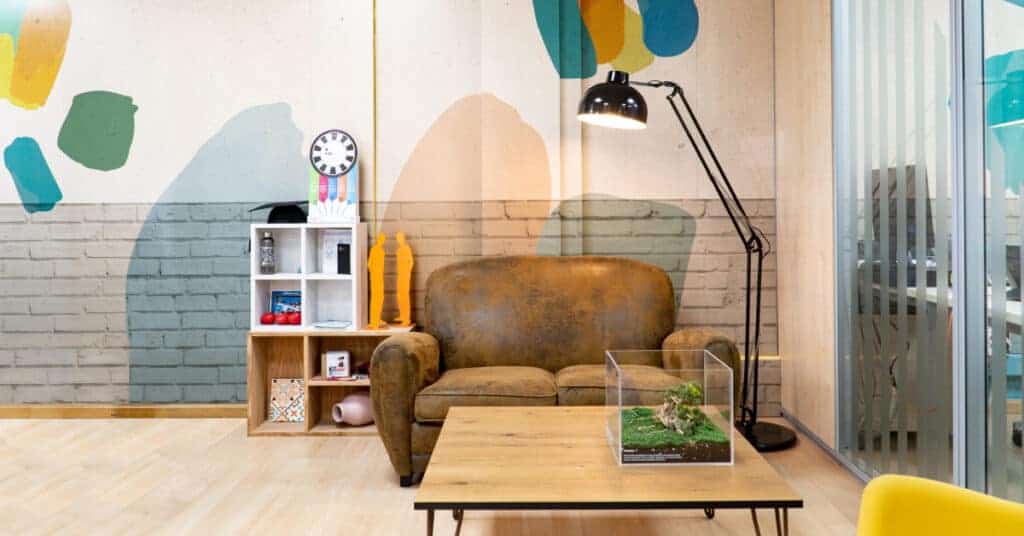
7. Design services instead of products
Is it possible to replace a piece of shop furniture with a service? Perhaps it is a somewhat distant ideal nowadays, but there are analogue elements of the shop that we can transform into digital content. This is the case of visual communication and digital signage.
This is a good practice that improves not only the environmental impact but also the brands’ POS costs.
8. Optimisation through technology
This is in line with the previous point although it also affects the entire manufacturing and logistics process in shops. Some additional key elements where technology helps to reduce the environmental impact of Retail are:
- Development of furniture using software, incorporating calculations of quantity and density of materials.
- Advances in production processes and new materials that make it possible to consume less raw material or reuse waste.
- Picking technologies to optimise trailer loads.
- Software and logistical methodology to optimise the unloading routes of the premises.
9. Use of standard systems
Production is a basic need of society and, therefore, the maxim of eco-design is to optimize the manufacture of goods as much as possible (not substitutable by a service).
This optimization reaches its maximum exponent when we make use of standardization.
Taken to store design, it means defining the furniture taking advantage of existing structures or from scratch, but using a limited number of structures that, if necessary, can be customized through complementary colors or modules (also standardized). In this way, everything can be produced on the same line, reducing time, costs, transport, waste …
10. Promote sustainability
The impact that Retail has on people’s daily lives is comparable to that of their homes and jobs. The amount of space dedicated to shops and the amount of time consumers spend in them (online and offline) make them hugely efficient communication platforms.
This is why retail spaces have the potential to function as loudspeakers for sustainability. They can become awareness-raising platforms that help fuel efforts to redirect Retail towards this more sustainable and much-needed business model.
With these simple 10 principles of eco-design in the retail sector, we can increase sustainability in production processes at all levels. This will allow your brand to contribute directly to improving the environment and become an environmentally responsible company.

